READY TO GET STARTED?
REQUEST A FREE ESTIMATE
Fill out the form below or call (888) 466-7849 for a free, no-obligation estimate.
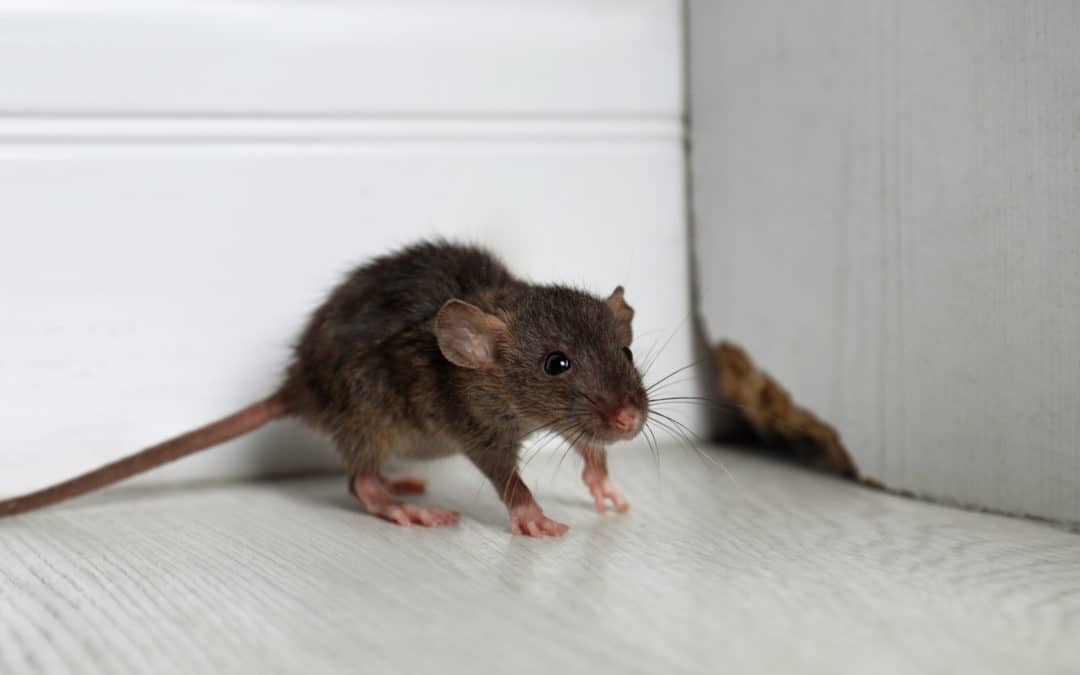
Rodents such as mice and rats are one of the most common household pests. While they are definitely nuisance pests, they can also cause property damage to your home, as well as transmit serious diseases to you and your family.
The first step in rodent control is to determine that you have an infestation. Common signs of rodents include droppings near food sources; shredded paper, fabric, and other nesting materials; chewed food packages; holes chewed through walls and floors; and stale smells from hidden areas of your home.
Rodents are attracted to unsealed food containers, pet food and water that’s left out, open bowls of fruit and vegetables, leaky faucets and pipes, open trash cans, and compost containers among other things. They enter your home in search of these things. They get in through holes from the exterior of the home, holes around sink and appliance pipes, cracked foundations, unscreened vents, and holes around windows and doors.
The first step in rodent control for your home is prevention. If you can keep these pests from infesting your home in the first place, you won’t have to get rid of them later. Common rodent control methods you can utilize in your house include:
If you have a problem with rodents or other pests, contact your local pest control company for an evaluation.
DIY Pest-Proofing for Fall Wildlife
Are Granddaddy Long Legs Spiders?
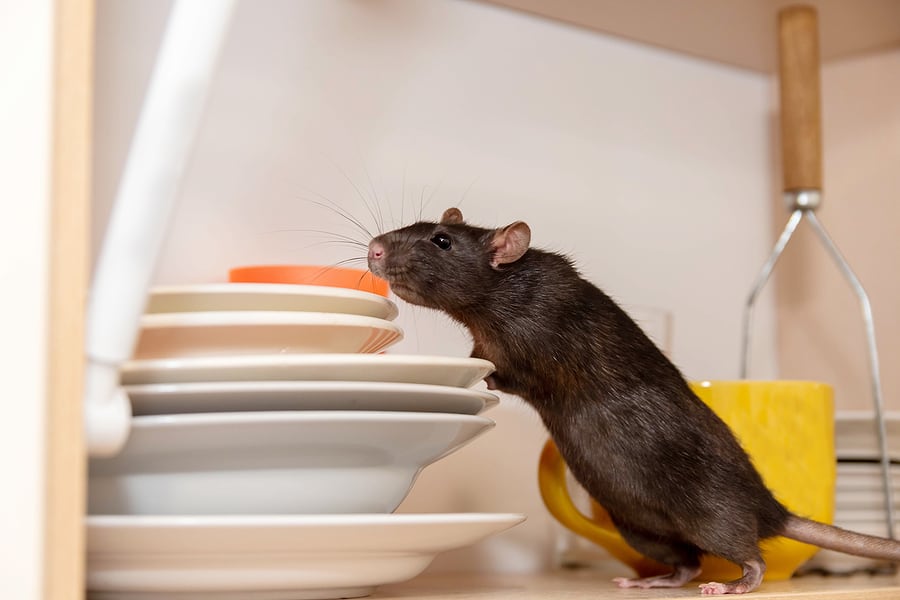
Whether you find them in your attic, basement, crawlspace, or just near your property, spotting any rodents on your property is never ideal. These pests can cause significant property damage and pose health risks to you and your family. To avoid these sneaky creatures, it’s important for each homeowner to be aware of the different types of common rodents that will invade their Miami homes.
One of the largest species of rats, Norway rats measure from 13 to 18 inches in body length, are known to have thick fur, and are usually brown in color. These rats prefer to live closer to humans, searching for any food source available. They will eat any food type but usually prefer high-quality foods such as meat and fresh grains. Rats also need a water source to survive since they don’t get moisture needed from their food source and will look for any standing water.
Norway rats will burrow to make their nests underneath buildings, concrete slabs, around ponds, in garbage dumps, and more. In homes, they will typically look to areas that usually go undisturbed, such as crawlspaces or basements. These creatures will cause property damage, such as gnawing through plastic materials or lead pipes. Norway rats will bring fleas and mites into the home.
Only ranging from 5 to 7 inches in length, the house mouse has a fur coloration ranging from light brown to black with a tan or white belly. You can usually tell the difference between a house mouse and a rat by looking at their tails; mice tails are long, rough, and have little to no fur. House mice will eat any food to survive, but they usually like to feed on cereal grains. While rats need water to survive, house mice do not, as they get most of their water from the food they eat.
If these rodents find a food source, they typically stick around that area, establishing a territory 30 to 50 feet from it. House mice are incredible climbers, allowing them to jump and reach isolated or withdrawn areas. If they get inside the home, they can be a threat as they are known to create electrical fires by gnawing on wires.
Slightly smaller than a Norway rat, the roof rat measures around 13 inches in length, including the tail. These rodents are brown, black, or gray with a scaly, snaked tail which is longer than the head and body. They are excellent climbers and prefer to nest in high places within structures, including higher levels of homes, trees, and buildings. Roof rats prefer to eat fruit, vegetables, and cereal products. Roof rats eat a lot all at once and will return to that place time after time for food.
If you suspect any of these rodents inside your home, consider contacting your local Miami pest control company for a rodent control plan that will help remove, exclude, and prevent them in the future!
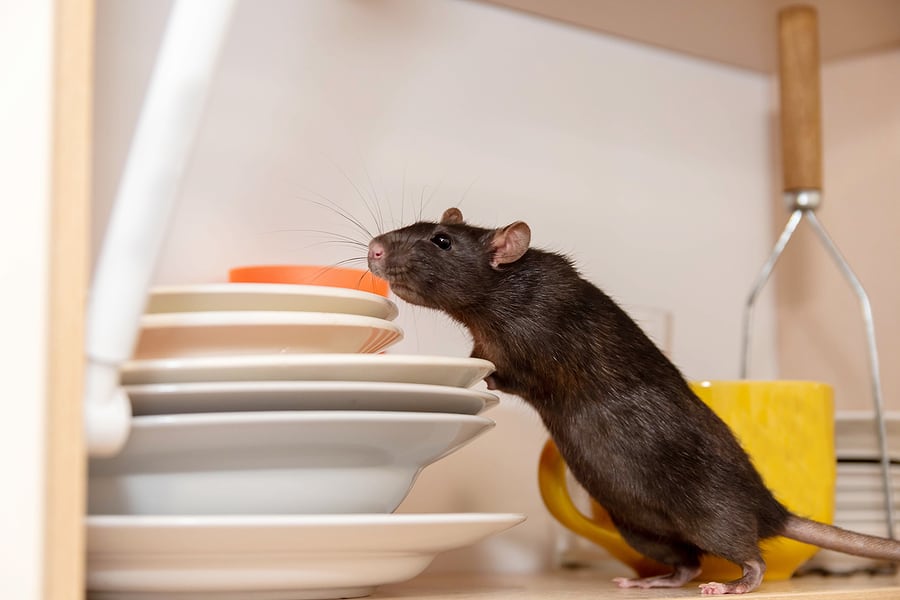
Rats and mice are both rodents and while they are often mistaken for each other, the similarities really end there. These two pests don’t breed with each other and typically nest in different places. If a population is big enough that the two species cross paths on a regular basis and the food sources nearby are plentiful, then they can inhabit the same area at the same time; this is rare, however. Most often they are competing for the same food and rats will kill mice instead. In fact, mice and rats give off very distinctive odors and mice will flee when they smell rats nearby.
Rats vs mice can be confusing and the two are often mistaken for each other when they infest your home.
Mice are much smaller than rats, usually only 2″ to 4″ long. They typically have lighter brown coloring and dark tails. Their ears are proportionately larger when compared to their body size than those of rats. Mice have wide, blunt snouts, small feet, and small, beady eyes. They prefer to eat grains and plants but will eat leftover food and garbage if inside. They can also go long periods of time without water. They typically nest in hidden areas near their food sources (e.g. your kitchen). They produce more droppings per day than rats (70-150) but their droppings are smaller in size and usually scattered throughout the house. They are more curious than rats and easier to trap.
Rats are much larger than mice, usually ranging from 8″ to 10″ in length. They also have much darker coloring. Their ears are proportionately smaller when compared to their body size than their mice cousins. They have sharp, narrow snouts, large hind feet, and large, prominent eyes. Rats are omnivores and will eat anything they find, including meat. They require regular amounts of drinking water than mice do. Depending on the species, rats also nest in different areas than mice. Norway rats will often dig under buildings, along fences, and hide under debris and landscaping. Roof rats will typically nest in higher locations (e.g. roofs, attics, and rafters). Rats produce larger feces (about 2 cm in size). Rats are more cautious than mice and can be more difficult to trap. They are also strong swimmers.
Both rats and mice are dangerous to humans. Risks of a rodent infestation of any kind include gnawing through surfaces, insulation, and wires; contaminating surfaces with urine and droppings; and carrying and transmitting harmful pathogens like salmonellosis, plague, and trichinosis.
The best treatment against a rodent infestation is to prevent them in the first place. Here are some of our top rodent prevention tips you can utilize in your home.
If you suspect a problem with rodents or any other pest, contact your local pest control company who can help identify which rodent you are dealing with and set you up with the most appropriate rodent control plan for your situation.
Wildlife Creatures to Lookout for this Winter
3 Ways to Prevent Cockroaches From Your Home
Why Enclosing Your Crawlspace Matters
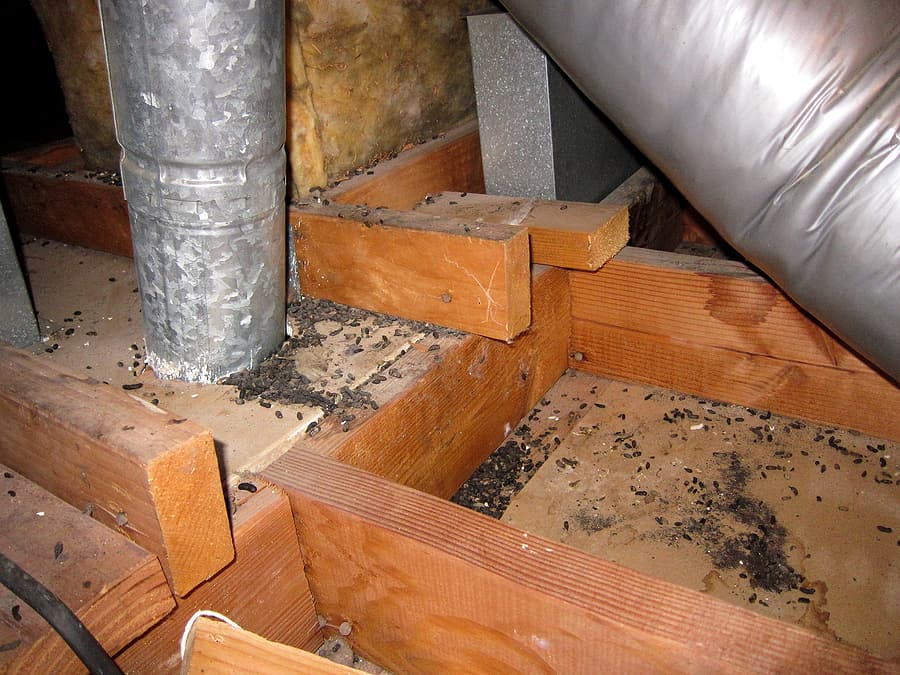
Rodents can wreak havoc on your home, chewing through wires and insulation and contaminating surfaces with their urine and feces. Rodents are also known for carrying and transmitting serious diseases to humans. You may not see a live rodent in your home until an infestation is already established. It is important to know the signs of a rodent infestation so you can identify the problem before it gets out of control. Here are 9 warning signs of a rodent infestation to look for in your home.
Prevention is critical to keeping rodents and other pests from taking over your home. Keep them out of your home with these rodent prevention tips:
If you suspect you have a problem with rodents or any other pest, your local pest control company can perform a thorough home inspection which will help determine the type of rodent you are dealing with, their patterns of activity, what’s attracting them to your home, and which treatment method is best for elimination and ongoing prevention.
What Is The Most Effective Termite Treatment?
5 Pests That Can Destroy Your Lawn
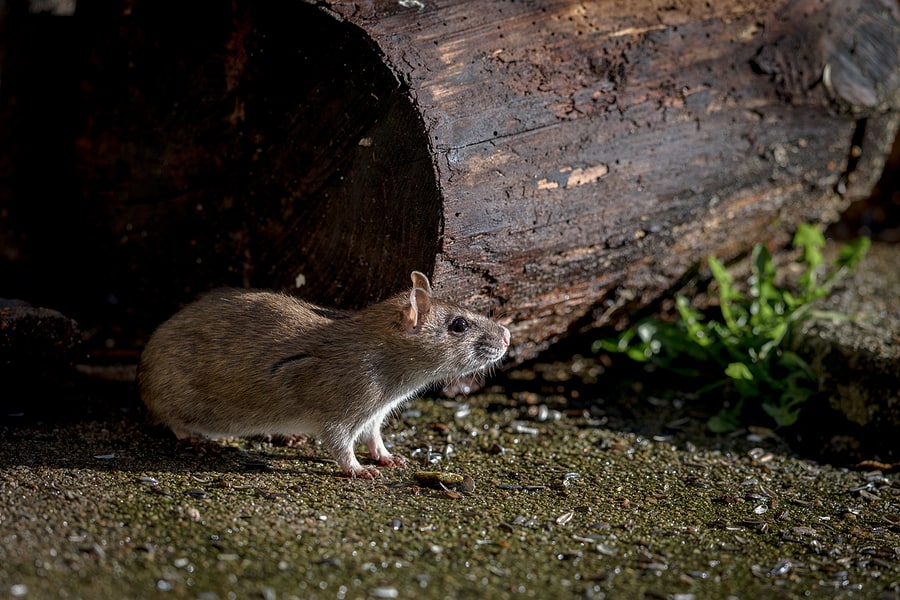
Unfortunately, we haven’t quite gotten over the cold weather yet. Lower temperatures means there are plenty of pests and wildlife creatures looking for warmth inside your home. Common wildlife, such as rodents, can be a major nuisance during the colder seasons. If found inside, these pests can damage electrical wires, insulation, and even spread disease. Identifying the type of rodents that have entered your home is the first step in the wildlife exclusion process.
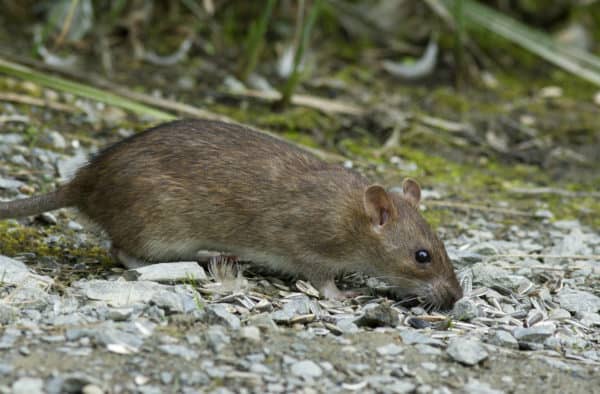
Norway rats are known as one of the largest species of rats, measuring about 10 inches in body length. These rats have thicker bodies with fur that’s usually brown with black shading. In addition to having a pale color underneath their tails, the tail itself is shorter in length when compared to their bodies. Norway rats, if desperate enough, will eat just about any food source they can find, although they prefer to eat meat. If they find food in a particular place, they will continue to return to that same spot. This can make baiting and removing them easier. These rodents make their habitats in burrows but can also be found throughout buildings and in sewer systems.
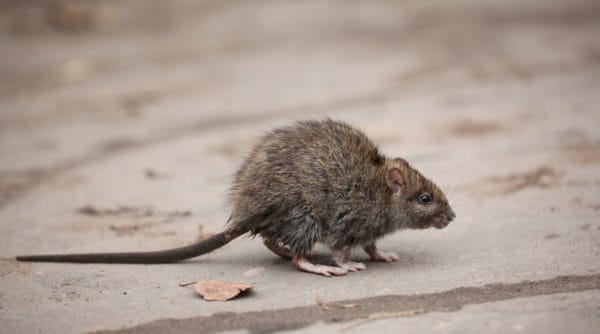
Roof rats have gray fur with black shading and smooth coats. They are about 8 inches long with slender bodies. They have darker tails than Norway rats and they are usually hairless and scaly. These rodents are extremely agile and are skilled climbers. They often prefer higher levels of buildings or homes, hence their name “roof rat.” While they prefer to eat fruit, roof rats will eat any available food source they can find. Unlike the Norway rat, the roof rat will not go back to the same location for food, making them much harder to bait.
Prevention is the key to making sure these rodents don’t enter your home. Use these rodent prevention tips throughout your home to ensure these creatures stay out.